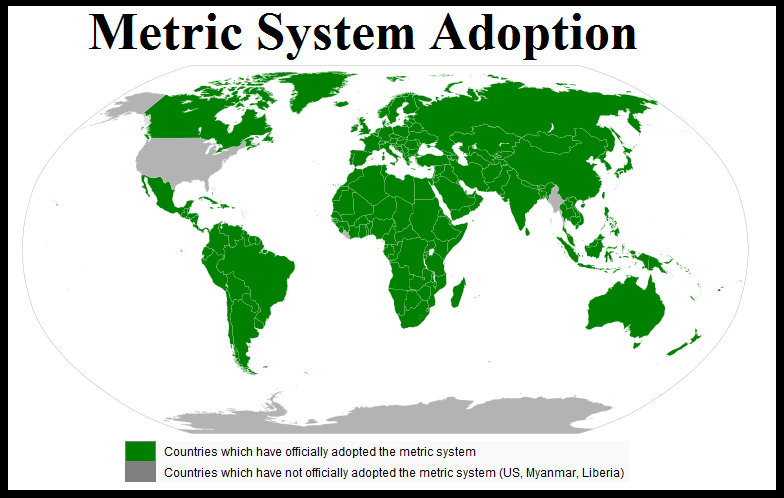zombiess
10 MW
Just wanted to get that out there. I'm 36 and I remember in grade school being told how the USA was going to be converting to the Metric system and having it taught to us. Even as a kid I almost laughed at how incredibly easy it was compared to our ridiculous measuring system that is currently in use. I even remember seeing some speed limit signs being posted in MPH and KPH for a very brief time.
What ever happened to the push to convert the USA to the far superior Metric system?
What ever happened to the push to convert the USA to the far superior Metric system?


